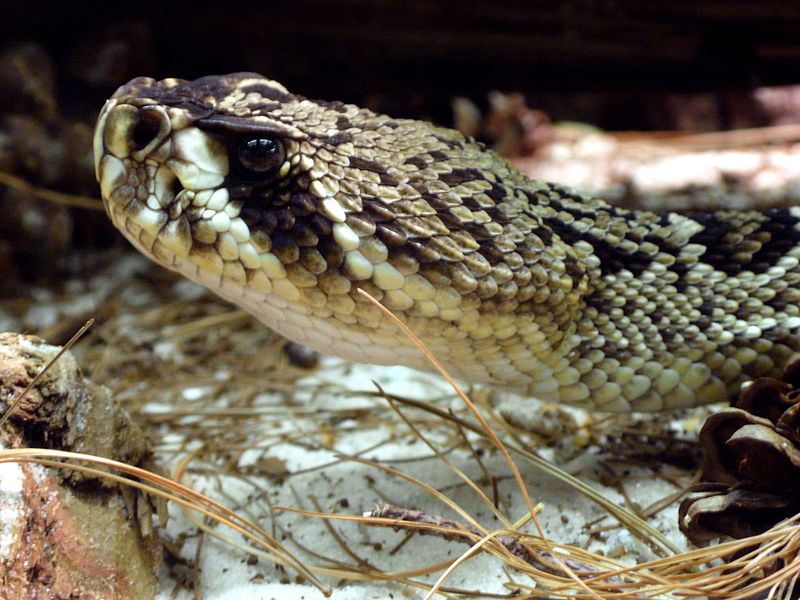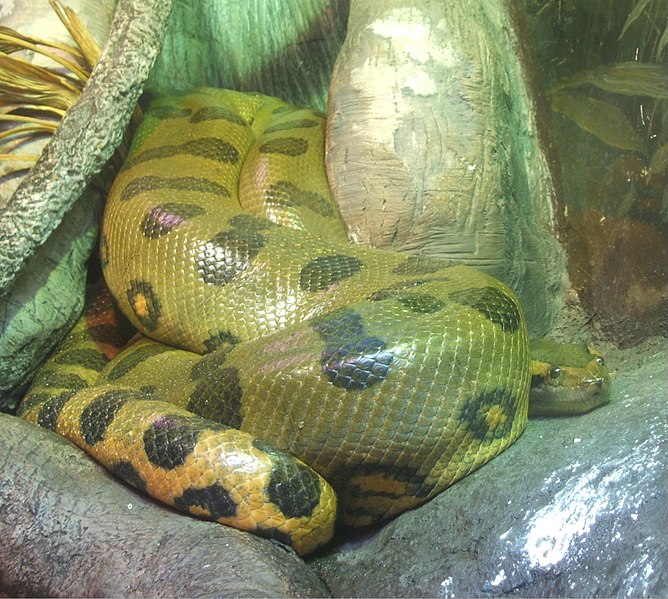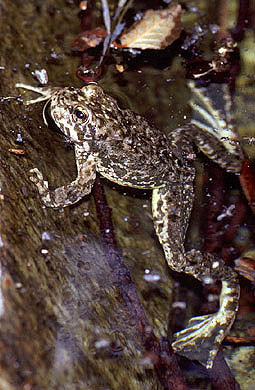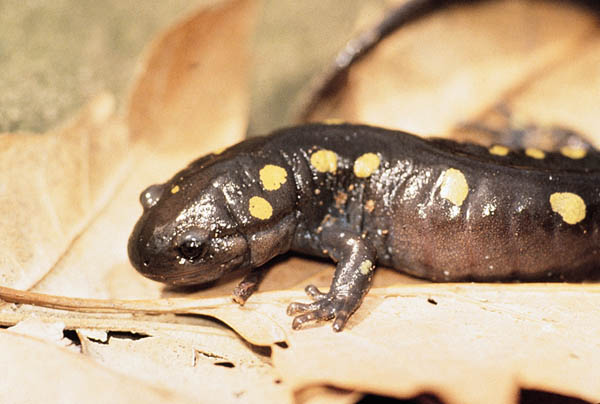 Today I’d like to cover a snake that, while not suitable as a pet, stands out in the minds of many as North America’s most impressive serpent – the Eastern Diamondback (Crotalus adamanteus). In my youth, the nearby Staten Island Zoo’s Reptile House was under the direction of the legendary Carl Kauffeld. The collection contained every known rattlesnake species but, somehow, a massive pair of Eastern Diamondbacks stood apart. Several years ago, I was thrilled to be chosen as consultant for the renovation of this building , and Rattlesnakes, including the Eastern Diamondback, again take center stage there.
Today I’d like to cover a snake that, while not suitable as a pet, stands out in the minds of many as North America’s most impressive serpent – the Eastern Diamondback (Crotalus adamanteus). In my youth, the nearby Staten Island Zoo’s Reptile House was under the direction of the legendary Carl Kauffeld. The collection contained every known rattlesnake species but, somehow, a massive pair of Eastern Diamondbacks stood apart. Several years ago, I was thrilled to be chosen as consultant for the renovation of this building , and Rattlesnakes, including the Eastern Diamondback, again take center stage there.
Description
The record length of this largest of the world’s 33 rattlesnake species is 8 feet, 3 inches; most adults top out at 3-6 feet. In the USA, only the Indigo, Bull, Gopher and Black Rat Snakes approach or, very rarely, exceed this measurement.
The background color of this heavy-bodied, venomous snake ranges from olive through brown to (rarely) near-black. The back is patterned in white-centered dark diamonds that are sharply outlined in cream or yellow.
Captives have lived in excess of 22 years, but longevity in the wild has not been well-studied. Read More »
 That Reptile Blog – Reptile, Amphibian and Exotic Pet Care and Information
That Reptile Blog – Reptile, Amphibian and Exotic Pet Care and Information




